Nearly 80% of the fauna and flora present in Madagascar are endemic to the country, the Great Island is recognized for its outstanding biodiversity. This specific feature of its fauna and flora is largely accounted for by the diversity of natural ecosystems to which the island is home.
An outstanding biodiversity
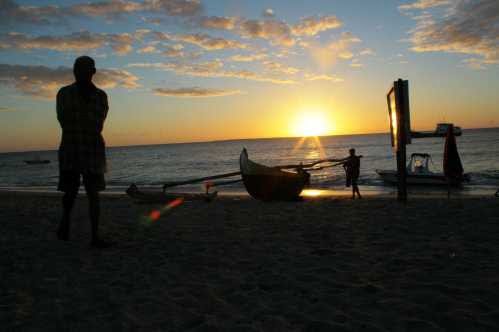
From ecosystems diversity …
From the West to the East, dry forests ecosystems are replaced by dense, green and humid forests ones. From the North to the South, semi-deciduous plants and evergreen forests give way to plant formations with dry thorn bushes, including large stretches of wooded and grassy savannas.
The 5,000 km coastal areas, covering almost 14 degrees of latitude are also conducive to the diversity of marine ecosystems.

… to biodiversity diversity
This wide variety of ecosystems favored the species-specific radiation of fauna and flora on the island, generating different endemic taxonomic levels which provide multiple ecological niches.
Characteristics of the fauna and flora of Madagascar
As Madagascar flora and fauna have been evolving in isolation since the island separation from the Gondwana, they are clearly different from those of other continents by 3 distinguishing features:
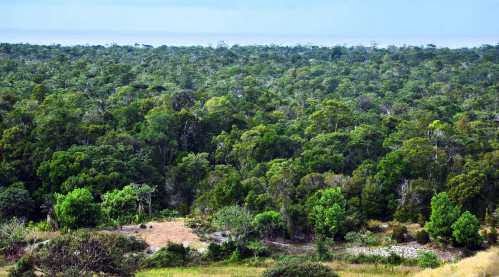
The presence of archaic forms
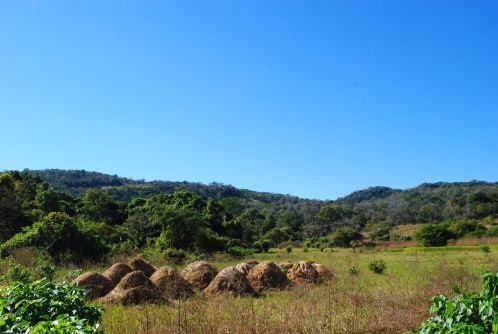
The outstanding organic resources
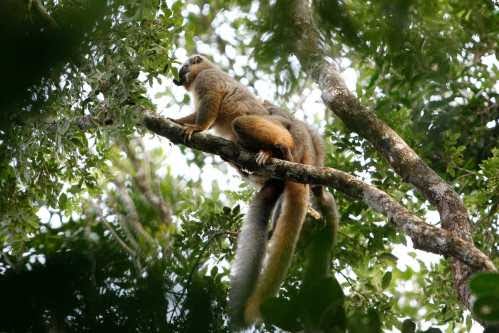
The very high endemicity level in the families
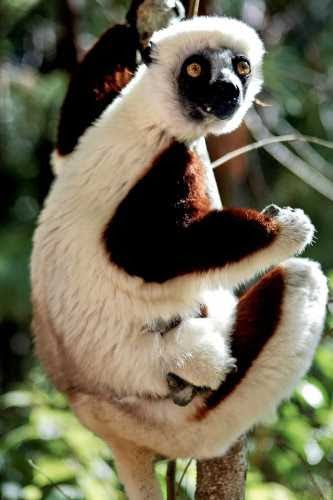
Archaic forms of flora and fauna peculiar to Madagascar
The current Malagasy flora is marked by the persistence of very archaic Gondwana species or genus, found in their fossil state on other continents, specifically in Africa:
– A large number of examples are evidences of the existence of quite primitive angiosperms from the Cretaceous in Madagascar;
– In the late 90s, the scientists rediscovered the only Afro-Malagasy specimen, an archaic form of the WINTERACEAE family, the Takhtajania perrieri in the humid northeastern forests of Madagascar (Schatz, 2000).
The fauna is also marked by the presence of archaic forms such as the Cryptoprocta ferox (fosa) or the promisians, represented by lemurs:
– The absence of large groups like big cats and large herbivores, has diminished natural selection to let smaller carnivores like Fossa fossana or Cryptoprocta ferox (EUPLEURINAE) occupy many ecological niches;
– The promisians represented by lemurs are also evidence of this archaic characteristic of the Malagasy fauna. Archaic forms of monkeys, lemurs have taken over arboreal environments in the absence of simian species in Madagascar.
A rich and endemic biodiversity
Madagascar biodiversity is unique on account of its high endemism level for both animal and plant species.
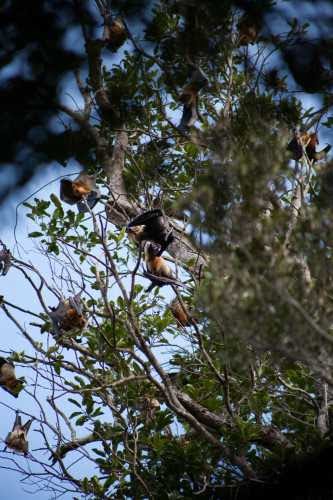
The flora
– 83 % of the flora is endemic to the country. The Great island therefore ranks among the countries with the highest floral endemism level, after Hawaï (89% endemism) and before New Caledonia (76% endemism).
– 15,000 species are listed in Madagascar besides 77,000 in the whole African continent, which is 52 times the surface area of Madagascar.
– 5 plant families are strictly endemic to Madagascar.
– Tsingy de Bemaraha and the 6 parks forming the humid forests of Antsiranana are listed as UNESCO World Heritage;
– 7 biosphere reserves are recognized by UNESCO;
– 7 sites are Ramsar labeled;
– 6 baobab species out of 8 identified in the world are endemic to the island, while several orchid species and numerous medically beneficial plants are only recorded in Madagascar.
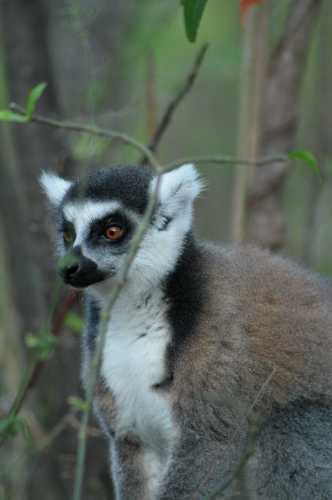
The fauna
– 100% of lemurs’ species are endemic. 113 species of lemurs are currently listed in Madagascar. The last species described was carried out in June 2020 (the Microcebus jonahii).
– 99% of amphibians are endemic to Madagascar. 341 species are identified, and with the exception of 2 introduced species, the rest of the Malagasy amphibians is endemic.
– 92% of the reptiles are endemic. There are around 420 species identified in the island;
– 61% of the birds are endemic to the island. Many areas in the island are home to a multitude of endemic birds’ species, which makes it one of the favorite destinations for birdwatchers around the world.
– The 3rd largest coral reef in the world, rich in marine habitats and biota diversity is found in Madagascar
Flagship species
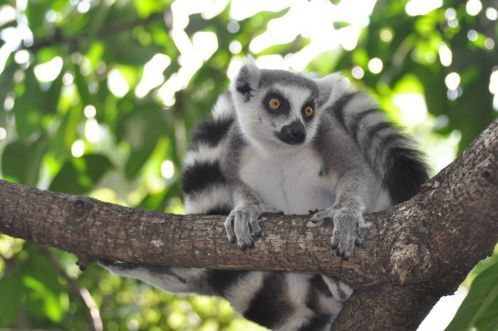
Lemurs
Among Madagascar biodiversity flagship species, the lemurs, both diurnal and nocturnal come first. They are all unique but we can cite among the most emblematic: the Indri or babakoto (Indri indri), the Propithecus or Sifaka/Simpona, the Varecia or varijatsy, the Eulemur including the Lemur catta (maki) or l’Eulemur macaco (blue-eyed lemurs). Between the nocturnal ones, there are the Aye-aye (Daubentonia madagascariensis), the sporty lemurs or Lepilemur and the microbes which are considered among the smallest mammals in the world.
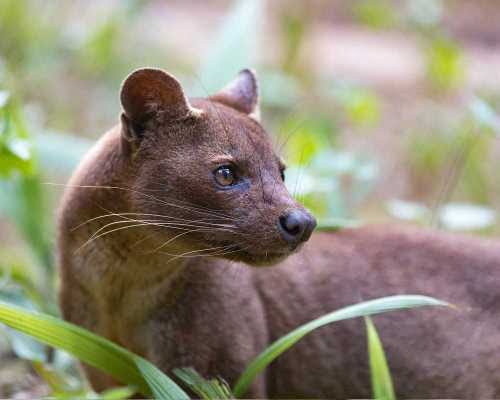
Madagascar’s fosa and eagle
Other flagship species include the largest carnivore in Madagascar, Cryptoprocta ferox, better known as fosa, an archaic form of the Oligocene predators of Madagascar, and the Madagascar eagle (Haliaeetus vociferoides), one of the rarest birds of prey in the world.
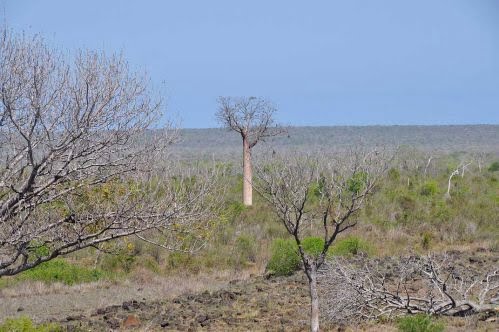
The baobab and orchids
The baobab obviously constitutes a flagship species. Among the big Island characteristic plants, the orchids (terrestrial and arboreal epiphytes) can finally be cited.




